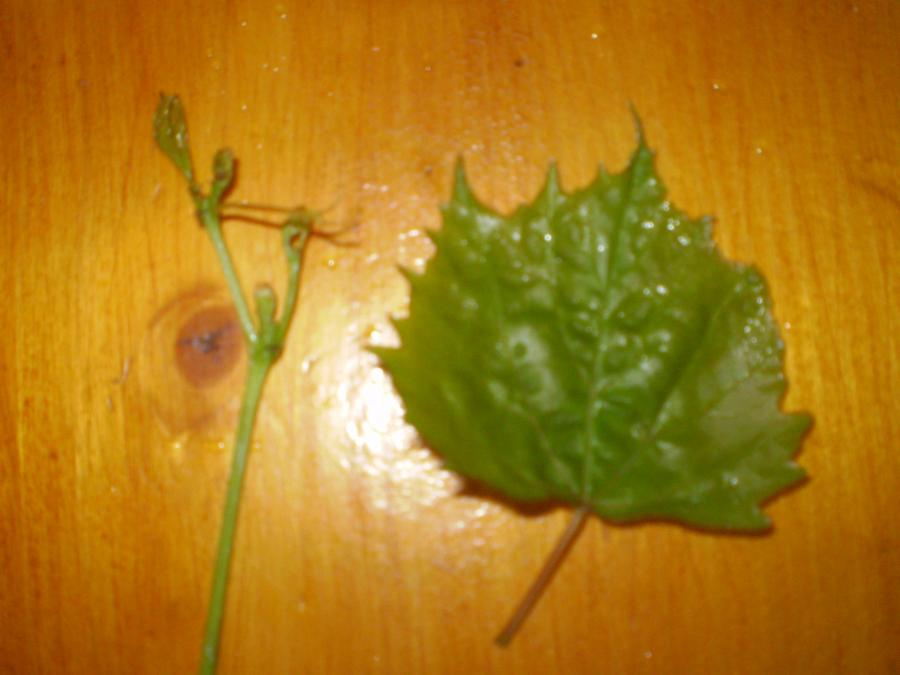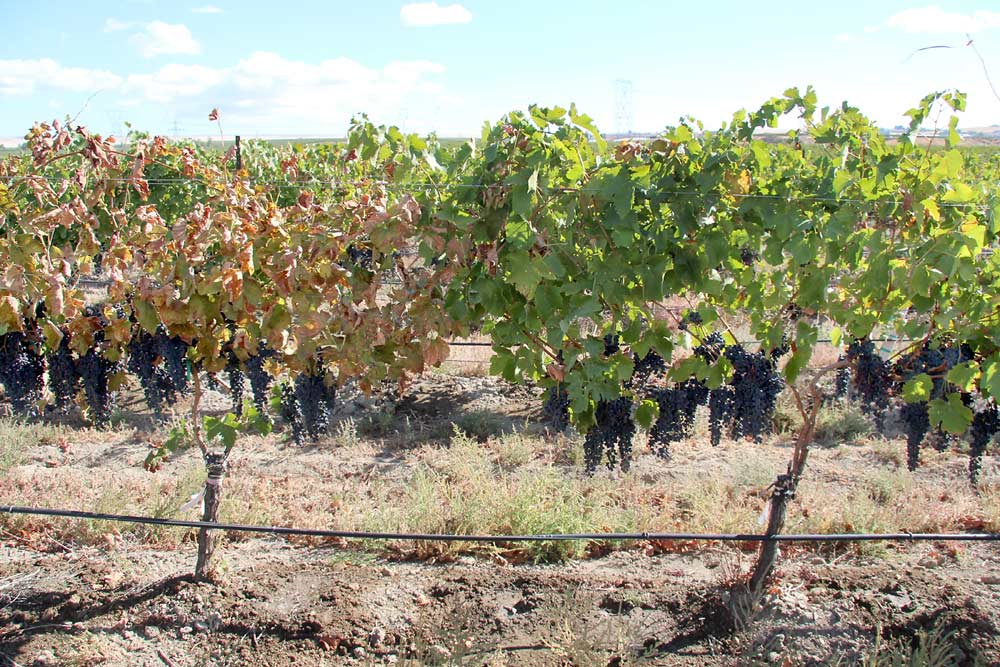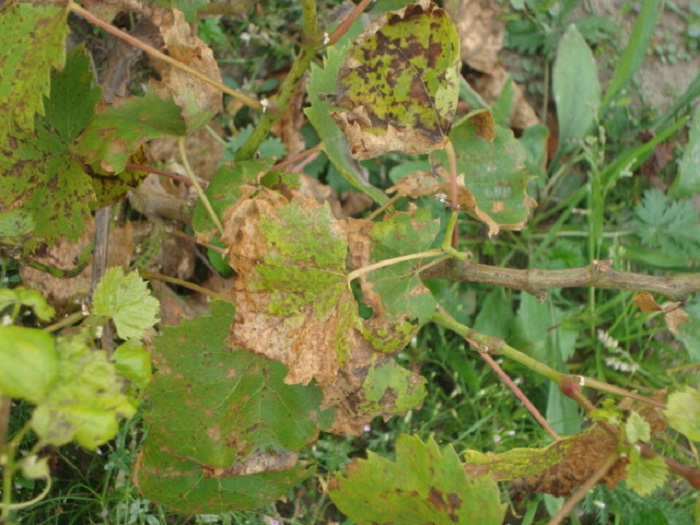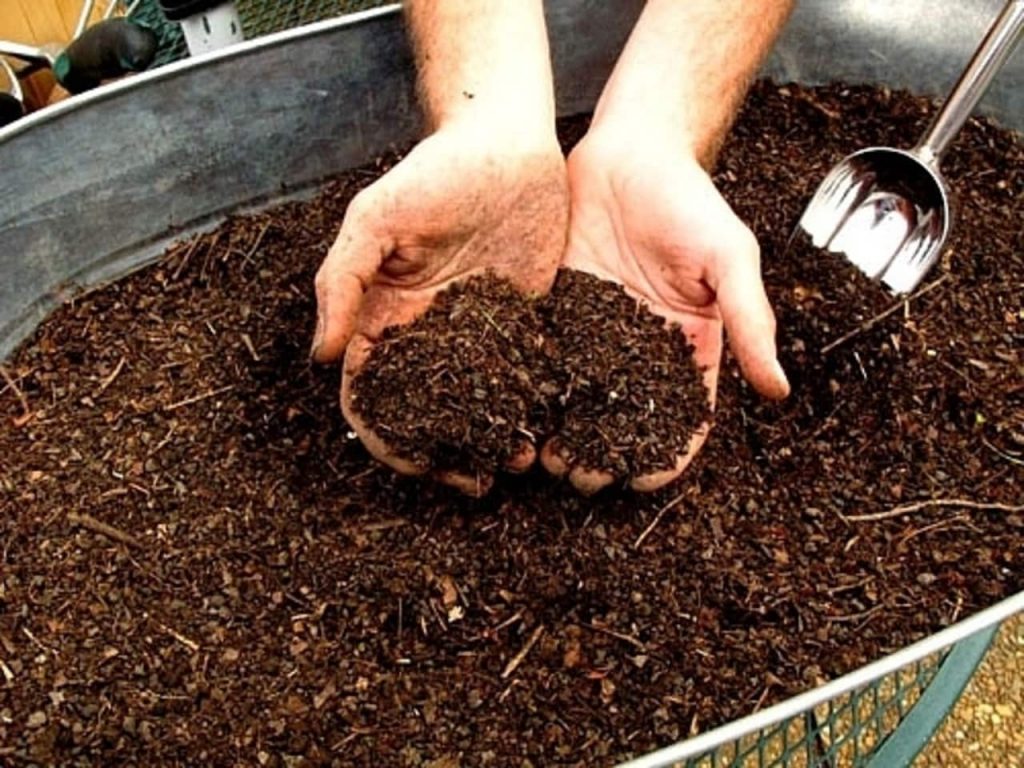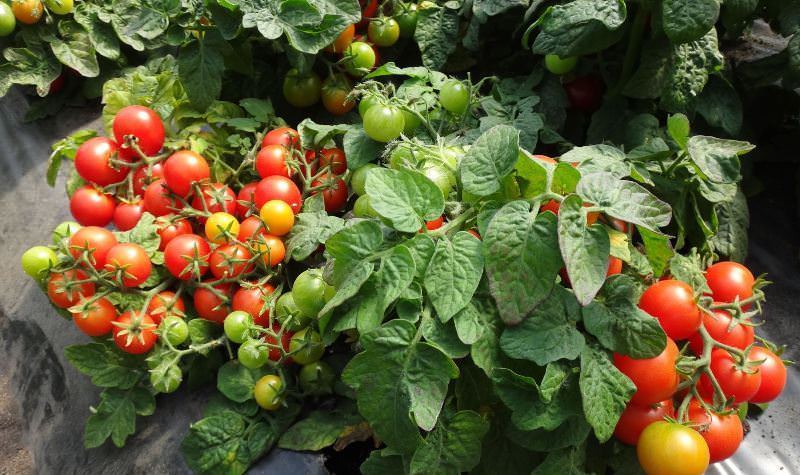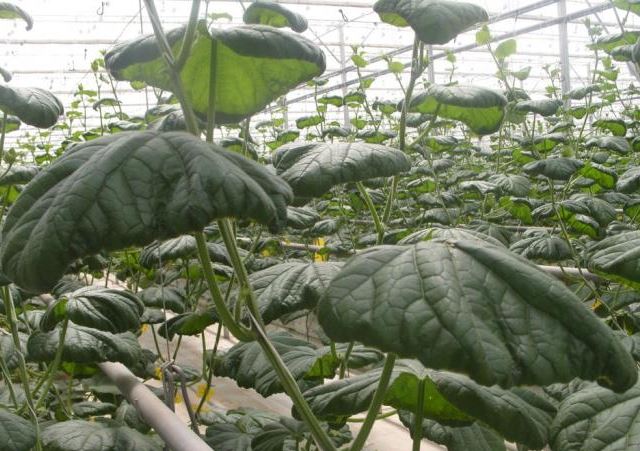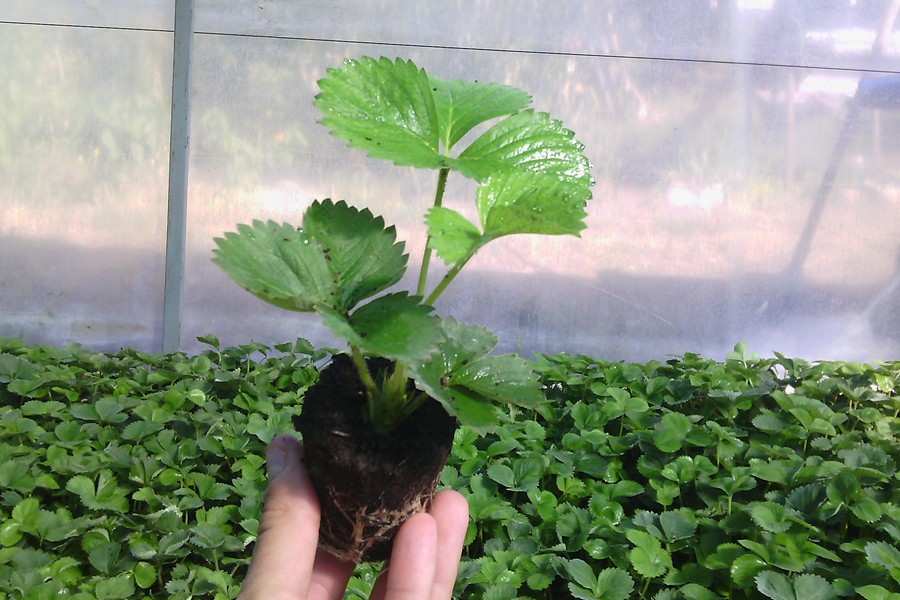Content:
Often, the owners of grape plantings notice that the leaves of the plants begin to curl. It is not worth leaving this state of affairs unattended, because curling leaves are a clear sign of a problem, but which one should be figured out. Why grape leaves curl, what to do in this case, every grower should understand.
Grapes belong to crops that are not capricious, but there are certain problems that should not be ignored. Rolling leaves is a very important and complex issue, as it can indicate various diseases and problems.
Main problem
First of all, leaf curling can be a sign of a complex viral disease that can seriously damage the grower's harvest. A viral infection bears the same name with its main symptom - grape leaf twisting disease. The first mentions of this viral infection date back to the 19th century. First, the French and the Germans met her in viticulture. After a short period of time, the disease received official recognition and scientific justification.
If the infection is not promptly treated, it can cause serious damage to the vineyards. Leaves can curl, dry out, which leads to a significant decrease in yield. At the same time, the quality of mature grapes also decreases: the sugar level decreases, the harvest time is shifted.
If the leaves of the grapes begin to curl and dry, then as soon as possible, the cause of this phenomenon should be determined and measures should be taken.
The main causes of leaf curl
Rolling leaves can be a sign of various problems, all of which say one thing is that planting needs help and extra attention.
Viral infection
Leaf curling can be very dangerous if it is a sign of an infectious disease. Not only a change in the shape of the foliage indicates a disease, but also a number of other signs characteristic of this disease.
It is especially difficult to understand about the presence of a viral disease in spring, since the disease manifests itself weakly during this period. The most obvious symptoms appear in summer, more often at the beginning, but with abundant irrigation, in August.
Among the main symptoms are:
- In vineyards, leaves can bend down en masse, a similar picture is observed with young shoots. First, the disease begins to twist the leaves at the base of the bushes, gradually spreading upward.
- With a strong lesion, the folded sheets are very similar in shape to a triangle or tube.
- As the disease progresses, the color of the foliage also changes. In white grape varieties, the leaf blade turns yellow, and in colored varieties it turns red.The foliage color in summer begins to strongly resemble the natural autumn color. But at the same time, the plates retain their green color.
- Visually, the bush looks spotty.
- Gradually, with the development of the disease at the bottom of the bush, the leaves begin to curl in the opposite direction - up.
If you ignore the treatment of this viral disease, then the result of its development will affect the quality of the crop. The berries will begin to shrink and the brushes will appear looser due to the reduced number of berries. At first, the plant stops developing, and with advanced forms of the disease, it dies.
Wrong growing conditions
An infectious disease may not always be the answer to the question of why leaves curl in grapes. Other factors can also be the cause, especially the environment and insufficient human care.
Why leaves curl on grapes in this case, the answer is simple - a banal lack of oxygen. It is difficult to influence the weather; with prolonged rains, air can be displaced from the soil, which leads to a violation of aeration. The plant does not receive the required amount of oxygen, the edges of the leaves begin to thicken so much that they simply wrap up, creating a curling effect.
A similar situation can occur with excessive watering by the gardener. In this case, the situation is quite simple to remedy: irrigation stops, the soil should be thoroughly loosened.
Naturally, the damaged leaves will not return to their previous shape, they will remain rolled up or in the form of a tube, so they should be removed. In their place, new ones will grow when the plant's oxygen supply is restored.
Also, the reason may be a lack of moisture. This circumstance will not only fold the leaves, they will wither and gradually dry out.
Lack of nutrients
Another reason for leaf folding can be an insufficient content of certain chemical elements that are responsible for the appearance and yield of the plant:
- Potassium. If the plant lacks potassium, the leaves may begin to curl down. Most often, a lack of potassium manifests itself at the end of the growth period, when there is a redistribution of trace elements between stems, crops and leaves. At the bottom of the plant, foliage may begin to turn yellow (for white grapes) or turn brown (for colored and maiden species). The lack of potassium also affects the bunches of berries - they become smaller, lose sugar and ripen with a significant delay. The greatest difficulty for the owner will be that the potassium deficiency is determined only by the end of the season. With a lack of potassium, young shoots will not have time to grow woody, which is hello to the fact that they will simply freeze in winter.
- Phosphorus. The lack of phosphorus will be indicated by the different color of the plant. Young leaves in this case become much darker than old ones, and their edges rise up. Leaves of the lower tier, which are older in age, on the contrary, curl down. Most often, vineyards located on acidic soils suffer from a lack of phosphorus. A deficiency of this element leads to disturbances in the formation and development of the root system.
- Molybdenum. With a lack of this element, the leaves resemble boats in shape, and the plates become covered with spots similar to mildew. After a while, the spots acquire a rusty color and outwardly resemble burns.
- Sometimes a lack of zinc can curl the leaves. In this case, the edges of the leaves are bent upwards, while the size of the plates decreases. They become much smaller than is typical for this particular variety. The shape of the leaves loses its correct contours and becomes asymmetrical.
Measures to eliminate leaf curl
If the grower begins to notice the curling of the leaves, he should certainly pay maximum attention to immediately identify the cause of the incident and begin to treat the planting. The type of problem will determine the treatment, as well as the possibility of its implementation.
Prevention of leaf curling
To the great regret of winegrowers, an effective drug against a viral disease has not yet been invented. Only preventive measures will help reduce the likelihood of a problem.
To reduce the likelihood of a plant being damaged by a viral infection, "rolling leaves", experienced gardeners recommend using the folk method - regular feeding with ash. This contributes to more active plant growth, strengthening the immune system. Ash should be applied to the soil near the plant, first slightly, gradually increasing the dosage.
The fulfillment of all the rules of agricultural technology for growing grapes will help to protect the plant from damage by this disease.
To prevent this disease, you can use the regular introduction of drugs of organic origin. They help to increase the fertility of the soil and ensure the creation of such microflora in it, which will help to displace pathogenic and dangerous microorganisms that cause leaf curling.
Among the most effective drugs are:
- Baikal EM-1. The product is intended to improve soil fertility and health, but it should not be mixed with chemical and mineral fertilizers.
- Vermisol. The product is represented by an extract from humus. The preparation contains beneficial bacteria, trace elements that will help to displace pathogenic fungi from the soil. It is allowed to use only during warm hours of the day.
- Emochki. This drug contains in its composition a huge number of beneficial bacteria that will help pathogenic spores of fungi to survive from the soil, provoking a disease that is dangerous for grapes - leaf curling.
Replenishment of minerals and nutrients
Only timely care, in particular, regular fertilization throughout the season, can cope with the deficiency of useful trace elements. First of all, it is important to ensure that the soil remains fertile and nutritious, while the acidity should be in the range of pH 6.5-7.
On acidic soils, there is a lack of nitrogen, but the application of nitrogen fertilizers can lead to too active growth of greenery, which will have a bad effect, namely, it will negatively affect the formation of fruit buds and inflorescences. The effect of slow-acting fertilizers can be provided by mulch, which is prepared from chopped grass, straw, overripe humus.
Regular fertilizing with complex fertilizers will help in the fight against the problem, which will replenish the necessary balance of trace elements and will contribute to the strong immunity of the vineyard.
From excess moisture or drought
If the weather brings heavy rains that are detrimental to vineyards, plantings can be helped to cope with the rains by providing the root system with the maximum possible supply of oxygen. To do this, loosening the soil should be carried out as often as possible so that moisture stagnation does not form.
If the leaves begin to curl due to frequent watering, then you should also loosen and stop watering. When optimal conditions are established, the plant will look healthy.
As you can see, leaf rolling is not always a serious infectious disease, sometimes there are not so serious situations. Often leaves curl up due to certain weather conditions or lack of any trace elements. The main thing for the grower is to be attentive to their plantings and monitor their condition in order to quickly understand why the leaves of the grapes are twisting.If you take proper care of the plants, timely treat and apply fertilizers, then viticulture will become a real pleasure and will please you with a good harvest.
